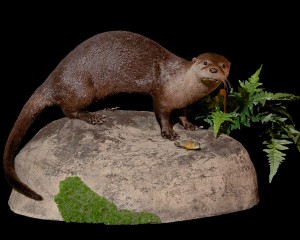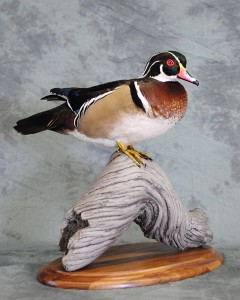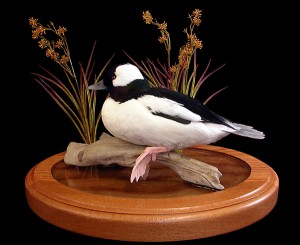 If you want a shoulder or pedestal mount of your white-tailed deer, wild pig or bull elk there are a few things to remember when caping out the animal.
If you want a shoulder or pedestal mount of your white-tailed deer, wild pig or bull elk there are a few things to remember when caping out the animal.
– NEVER make any cuts in front of the front legs.
– Start caping your animal by cutting completely around the body, exactly in the middle, between the front and back legs. This will ensure that the taxidermist has enough cape to work with, no matter what pose you choose.
– Cut completely around the front legs, about 1 inch up from the “elbow”.
– Start an incision at the cut around the legs on the back side of the leg where the long brown hairs meet the long white hairs. Continue cutting up this hair line into the “arm pit”. From the “arm pit”, cut straight back to the incision around the body of the animal.
– Once all the incisions are made, start removing the cape working your way toward the head. Be careful not to cut any holes in the cape.
– Release the cape all the way to the base of the head. Sever the neck approximately 4 inches from the base of the head.
– After the head and cape are separated from the carcass, place them into a trash bag. Remove as much air from the bag as possible and seal the bag with tape around the base of the antlers if they will not fit inside the bag. Once completed, double bag the head and cape and seal again with tape. Place the bagged head and cape in the freezer.




